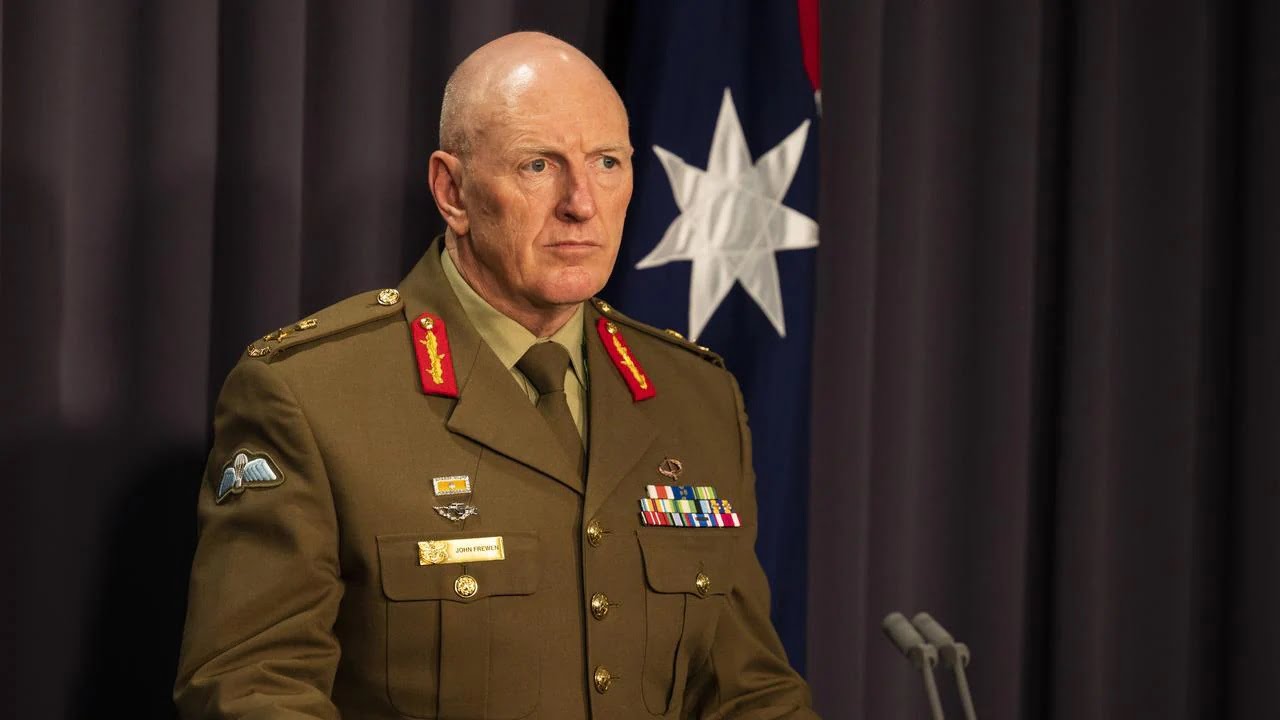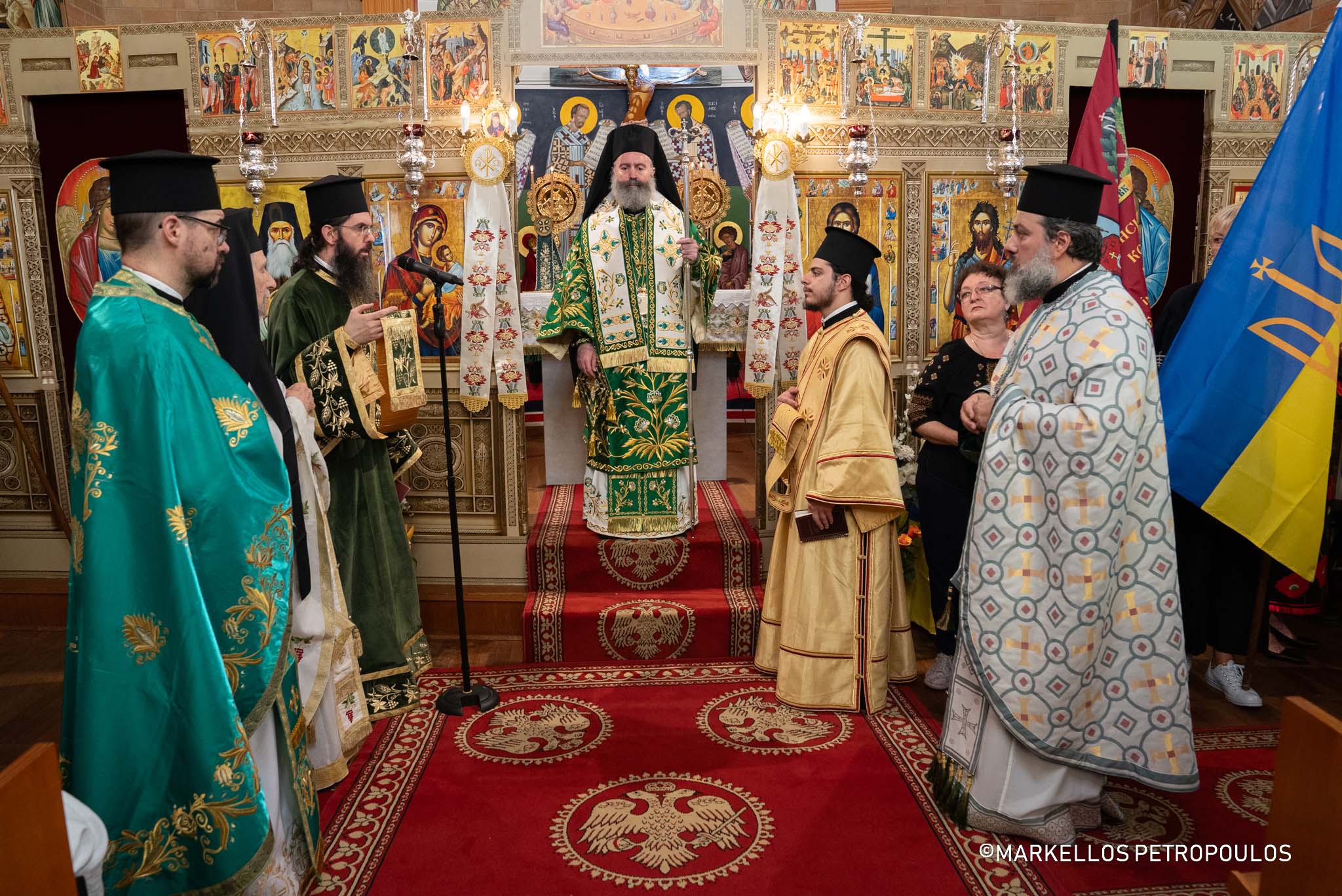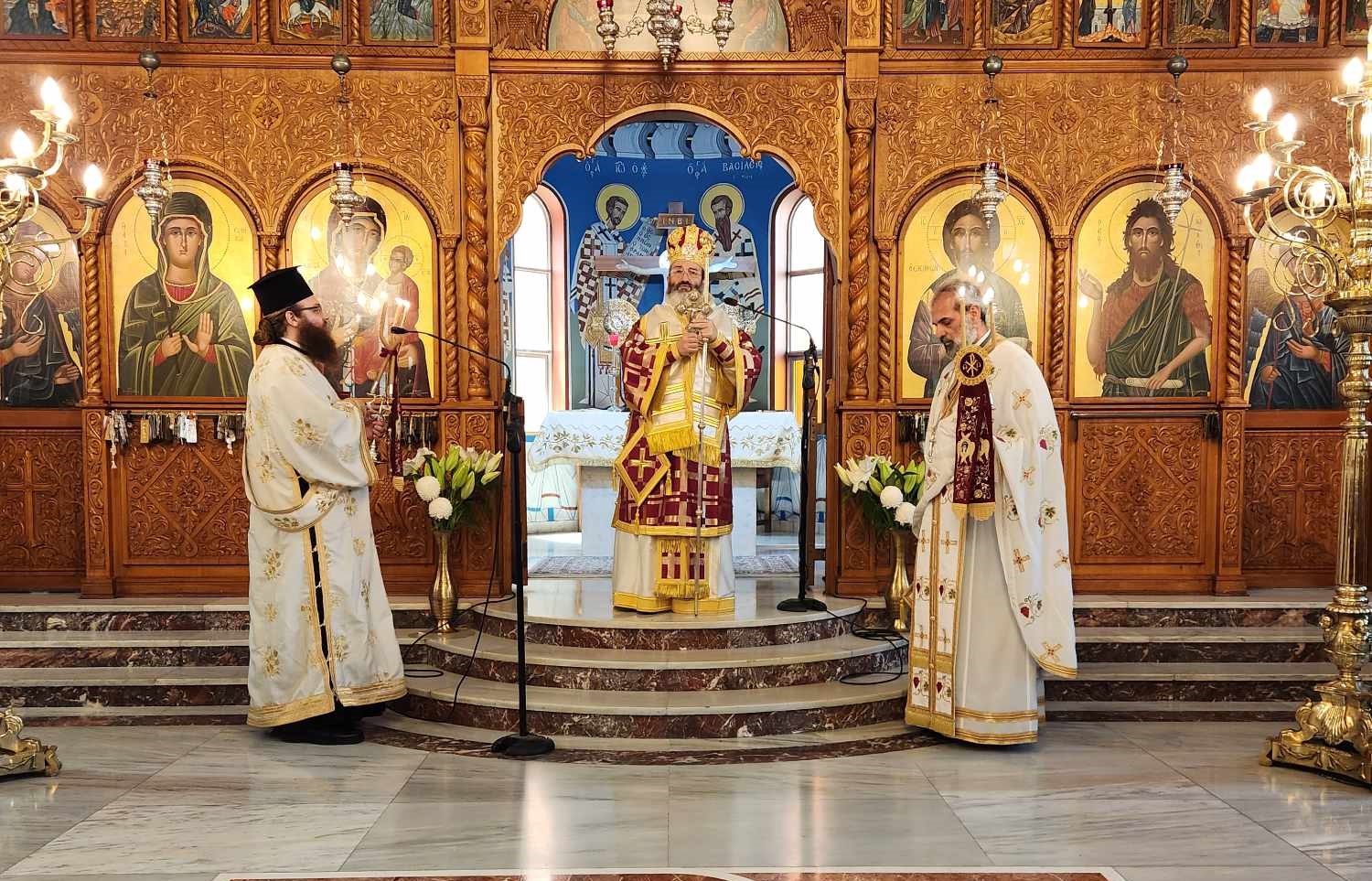What is ‘Operation COVID Shield’ and how is it aiming to get Australia back to normality?

The public release of new details around ‘Operation COVID Shield’ has provided the clearest insight yet into how the federal government intends to vaccinate Australians and return the country to normality.
The plan, announced earlier this year but updated and released on Tuesday, aims to get Australians in some parts of the country COVID-19 vaccinations at drive-thru clinics or at work in the coming months.
It says 80 per cent of the eligible population could “potentially” be vaccinated by Christmas, while a 70 per cent vaccination rate could be reached by November.
It also outlines a strategy to reach culturally and linguistically diverse communities to combat vaccine hesitancy and prevent other cohorts from being left behind.
What is Operation COVID Shield?
Coordinated by Lieutenant General John Frewen, the strategy outlines the need to accelerate the nation’s vaccine rollout through harnessing “unprecedented” collaboration across governments and industry.
Lieutenant General Frewen on Wednesday said the plan shows the nation can “mathematically” reach its goal of fully vaccinating 80 per cent of its adult population by December, but it will require Australians coming forward with “urgency”.
“We’ll have everything in place to be able to get to those numbers by the end of the year but public willingness to come forward is key,” he told reporters.
The plan’s release comes after modelling informing the government’s COVID-19 response from the Doherty Institute was publicly revealed on Tuesday, detailing the impact of vaccine rates on curbing infections, hospital admissions and deaths.
Operation COVID Shield predicts most currently unvaccinated Australians will get the jab in the coming months, but also warns of a “levelling” off of uptake once those most willing get vaccinated.
The plan also includes details around how the government wants to ramp up the delivery and distribution of vaccines across the country.
Pilot programs for drive-thru clinics are set to be rolled out in September and would operate from October “at scale in most jurisdictions”.
Pilots for workplace vaccinations are also expected to commence from mid-October.
Commonwealth Bank and Westpac have already indicated they will trial AstraZeneca vaccinations for staff and their families in Sydney hotspots from as soon as next week.
Mass vaccination sites at places such as supermarkets and conference centres could also operate from late October to November.
School vaccination programs will be considered from December, pending medical advice on expanding the rollout to 12-15 year-olds.
What does it say about vaccine incentives?
Operation COVID Shield argues against direct financial incentives to get vaccinated, despite a Labor push for everyone who gets jabbed to receive a $300 cash payment.
The plan says previous research has found “financial incentives are unlikely to drive whole-scale vaccine uptake” but it does suggest gift vouchers and prize draws led by business and industry could help. Other suggested incentives to promote vaccine uptake include offering vaccinated people greater freedoms.
Furthermore, it suggests offering people a “choice of vaccine” once supplies of vaccines are bolstered could help combat hesitancy.
The plan also notes the importance of increasing “high ease” access points for the vaccine, such as walk-in appointments at community pharmacies.
Lieutenant General Frewen said on Wednesday “demand is still exceeding supply” but incentives could be considered “later in the year” to encourage “more hesitant” groups to take the vaccine.
What about eligibility for young people?
The plan assumes that eligibility to receive the Pfizer vaccine will be expanded to ages 30 and over from September and ages 16 and over from October as increasing supplies are secured.
The age group was identified as “peak” spreaders in the Doherty Institute’s modelling, which suggested the need to pivot the vaccine strategy towards these age groups.
But the plan also notes that these timings are only “indicative” given “unplanned events could impact rollout targets, whether related to sentiment, supply or distribution”.
Younger Australians can already access the AstraZeneca vaccine through consultation with their GP.
The plan says the expansion of the vaccine program to 12 to 15-year-olds remains subject to medical advice, but access to Pfizer supplies would not constrain this delivery later in the year.
Is there anything in there about diverse communities?
According to the government, Operation COVID Shield includes a targeted implementation plan for culturally and linguistically diverse (CALD) communities.
Part of this includes tailored communication through translated information around COVID-19 vaccination into multiple languages.
Recently released Commonwealth data has shown suburbs in Sydney’s COVID-struck and culturally diverse south-west have some of the lowest vaccination rates in New South Wales.
Operation COVID Shield also suggests greater access to vaccines could be realised through utilising “community hubs” such as places of worship, and reinforces the need to ensure access to vaccines for Aboriginal and Torres Strait Islander communities.
Currently, just over 19 per cent of the Australian population has been fully vaccinated.
The federal government has suggested once this figure reaches 80 per cent the nation could move to the “consolidation” phase of its roadmap out of the pandemic.
This would involve living with the virus without the need for city-wide lockdown restrictions, as well as the removal of caps on returning Australians and lifting restrictions on outbound travel.
Source: sbs.com.au




